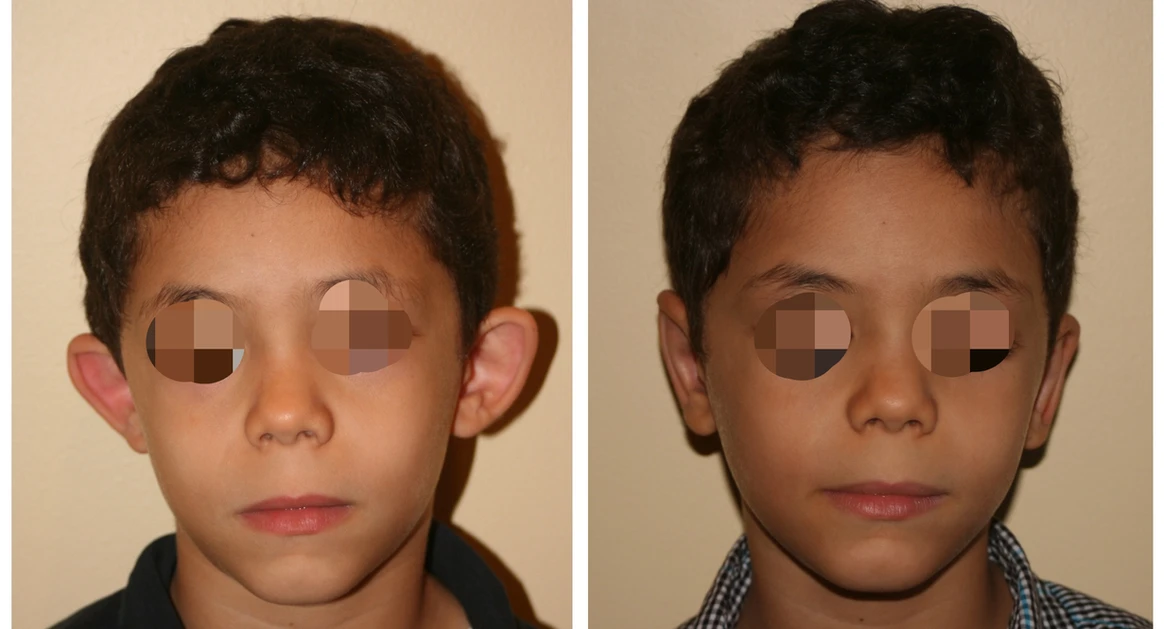Introduction to Otoplasty
The projection of one’s ears can be a very sensitive subject. It can lead to teasing, name-calling, and eventually, insecurities and problems with self-image. At Soma Plastic Surgery in Lake Mary, FL (just north of Orlando), we offer Otoplasty as a safe and effective way to treat protruding ears and attached earlobes for patients of all ages. To learn more about this procedure and determine if it’s right for you, please continue reading below.








